Torsten Stiller
Kill Switch or Moral Compass: Who Programs AI’s Conscience?
#1about 5 minutes
Learning from science fiction and early AI failures
Isaac Asimov's Three Laws of Robotics and an early e-commerce failure illustrate the long-standing challenge of embedding a moral compass in AI.
#2about 2 minutes
Why developers are the programmers of AI's conscience
Every design choice, from data selection to objective functions, embeds human values and biases into AI systems, making developers ethically responsible.
#3about 7 minutes
Real-world examples of AI causing unintended harm
Case studies from Google, Amazon, and Microsoft demonstrate how AI can amplify bias, generate hate speech, and create privacy nightmares without ethical guardrails.
#4about 7 minutes
Seven core principles for building responsible AI systems
A framework for ethical AI development includes fairness, transparency, accountability, privacy, safety, societal benefit, and maintaining human control.
#5about 4 minutes
A practical playbook for integrating ethics into development
Use techniques like pre-mortems, ethical user stories, red teaming, and the 'veil of ignorance' to proactively identify and mitigate ethical risks.
#6about 2 minutes
How the EU AI Act makes ethics a compliance issue
Upcoming regulations like the EU AI Act are transforming ethical AI from an ideal into a legal requirement, especially for high-risk systems.
#7about 3 minutes
Balancing the kill switch with a built-in moral compass
The ultimate goal is to build AI with an inherent moral compass so that the emergency kill switch is a last resort, not the primary safety strategy.
Related jobs
Jobs that call for the skills explored in this talk.
Matching moments

14:10 MIN
Managing the fear, accountability, and risks of AI
Collaborative Intelligence: The Human & AI Partnership
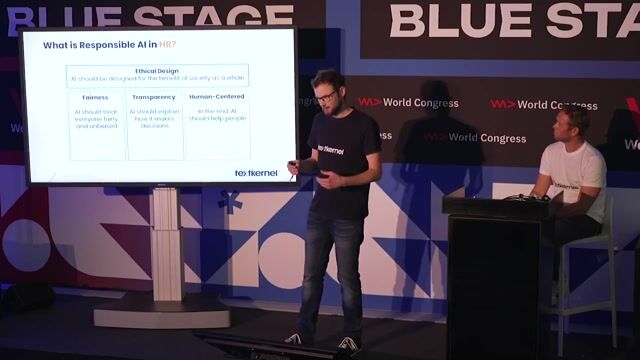
06:12 MIN
Defining the core principles of responsible AI
Rethinking Recruiting: What you didn’t know about Responsible AI

27:22 MIN
The collective responsibility to build ethical technology
A walkthrough on Responsible AI Frameworks and Case Studies
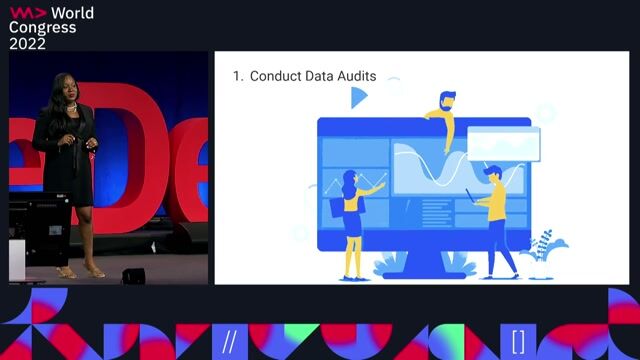
19:42 MIN
A practical framework for building responsible AI
A walkthrough on Responsible AI Frameworks and Case Studies

22:14 MIN
Integrating ethics and data governance into development
The Future of Developer Experience with GenAI: Driving Engineering Excellence

26:22 MIN
The developer's responsibility to build inclusive technology
The Impact of Technology on Democracy
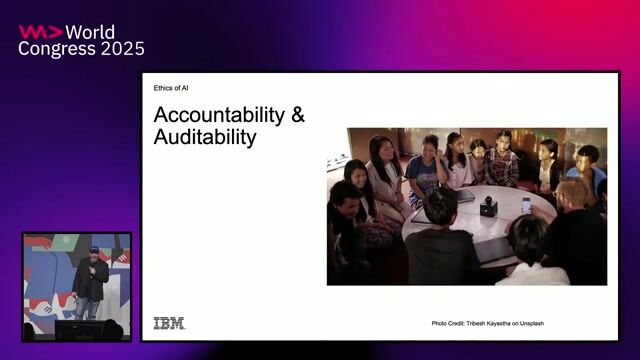
22:13 MIN
Accountability, auditability, and end-user rights in AI
AI & Ethics

05:14 MIN
The current state of responsible AI in the private sector
Responsible AI in Practice: Real-World Examples and Challenges
Featured Partners
Related Videos
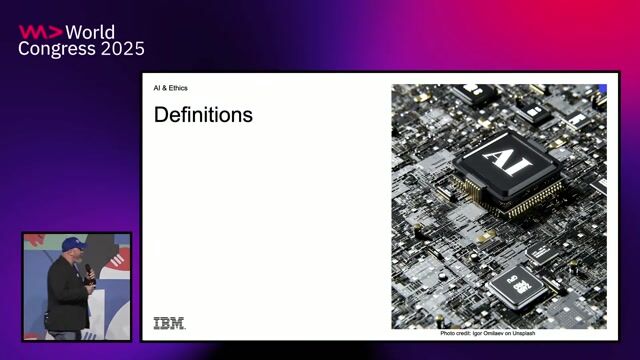 28:27
28:27AI & Ethics
PJ Hagerty
 27:26
27:26Staying Safe in the AI Future
Cassie Kozyrkov
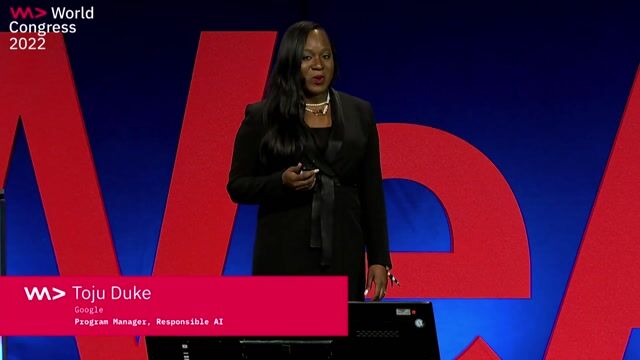 28:05
28:05A walkthrough on Responsible AI Frameworks and Case Studies
Toju Duke
 25:51
25:51Trust by Design: Creating Responsible AI-Powered Services
Dr. Marc Fuchs, Christoph Bräunlein, Eva Stepkes & Niklas Harzheim
 29:35
29:35Responsible AI in Practice: Real-World Examples and Challenges
Steffen Bosse, Mina Saidze, Ray Eitel-Porter & Björn Bringmann
 28:07
28:07Rethinking Recruiting: What you didn’t know about Responsible AI
Vincent Slot & Jaap Kersten
 30:28
30:28Behind the Code: How Women Are Powering the Future of AI
Alexandra Wudel, Madalina Florean & Laura Moritz
 25:17
25:17AI: Superhero or Supervillain? How and Why with Scott Hanselman
Scott Hanselman
From learning to earning
Jobs that call for the skills explored in this talk.

AI Governance Consultant
TRUSTEQ GmbH




AI Engineer / Machine Learning Engineer / KI-Entwickler
Agenda GmbH
Remote
Intermediate
API
Azure
Python
Docker
+10



Artificial Intelligence (AI), Agents & Copilot Architect
Techem Messtechnik GmbH
Remote
€52K
API
Azure
Redis
+5
